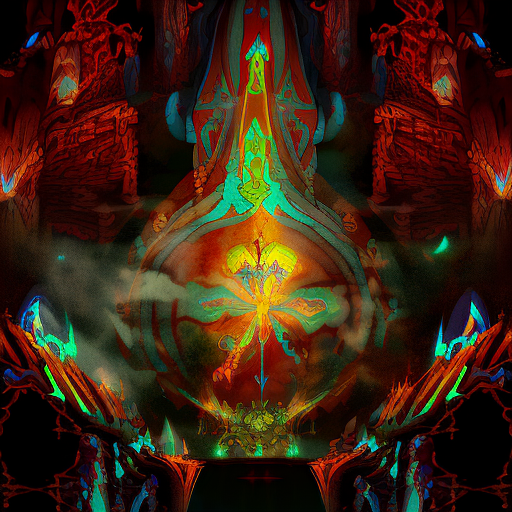One-line Summary:
A timeless allegorical novel, “The Pilgrim’s Progress” follows the journey of Christian as he navigates the obstacles and temptations of life, ultimately seeking salvation and eternal life in the Celestial City.
The Journey Begins: The City of Destruction
“The Pilgrim’s Progress” opens with Christian, burdened by the weight of his sins, reading a book that reveals the impending destruction of his city. Filled with fear and desperation, he embarks on a journey to find salvation and eternal life in the Celestial City. Along the way, he encounters various characters and faces numerous challenges that test his faith and commitment.
The Slough of Despond and the Wicket Gate
Christian’s journey begins with a treacherous path through the Slough of Despond, a deep swamp symbolizing the despair and hopelessness that can plague a person’s soul. Despite the difficulties, he perseveres and reaches the Wicket Gate, where he is welcomed by the gatekeeper, Goodwill. This gate represents the entrance to the path of righteousness and salvation.
The Valley of the Shadow of Death and Vanity Fair
As Christian continues his journey, he faces the Valley of the Shadow of Death, a dark and dangerous place where he encounters various trials and temptations. This valley represents the struggles and challenges that believers often face in their spiritual lives. Christian also passes through Vanity Fair, a bustling marketplace symbolizing the allure of worldly pleasures and distractions that can divert one from the path of righteousness.
Key Takeaways:
- Salvation and eternal life are the ultimate goals of Christian’s journey, symbolizing the Christian belief in the afterlife and the pursuit of a righteous life on earth.
- The obstacles and challenges Christian encounters along the way represent the temptations and trials believers face in their spiritual journeys.
- The importance of perseverance and faith is highlighted throughout the story, emphasizing the need for believers to stay committed to their beliefs despite adversity.
- The allegorical nature of the novel allows readers to interpret the story’s symbolism and apply its lessons to their own lives.
“Then I saw in my dream that the highway up which Christian was to go was fenced on either side with a wall, and that wall is called Salvation.”
In this memorable quote, the author, John Bunyan, emphasizes the significance of salvation and the path of righteousness that Christian must follow. The wall symbolizes the protection and guidance provided by faith and belief in God.
“The Pilgrim’s Progress” is a timeless allegorical novel that explores the journey of Christian as he seeks salvation and eternal life. Through various encounters and challenges, the story highlights the importance of faith, perseverance, and staying true to one’s beliefs. The allegorical nature of the novel allows readers to reflect on their own spiritual journeys and find inspiration in Christian’s quest for righteousness. Ultimately, “The Pilgrim’s Progress” serves as a reminder of the eternal rewards that await those who remain steadfast in their faith.












